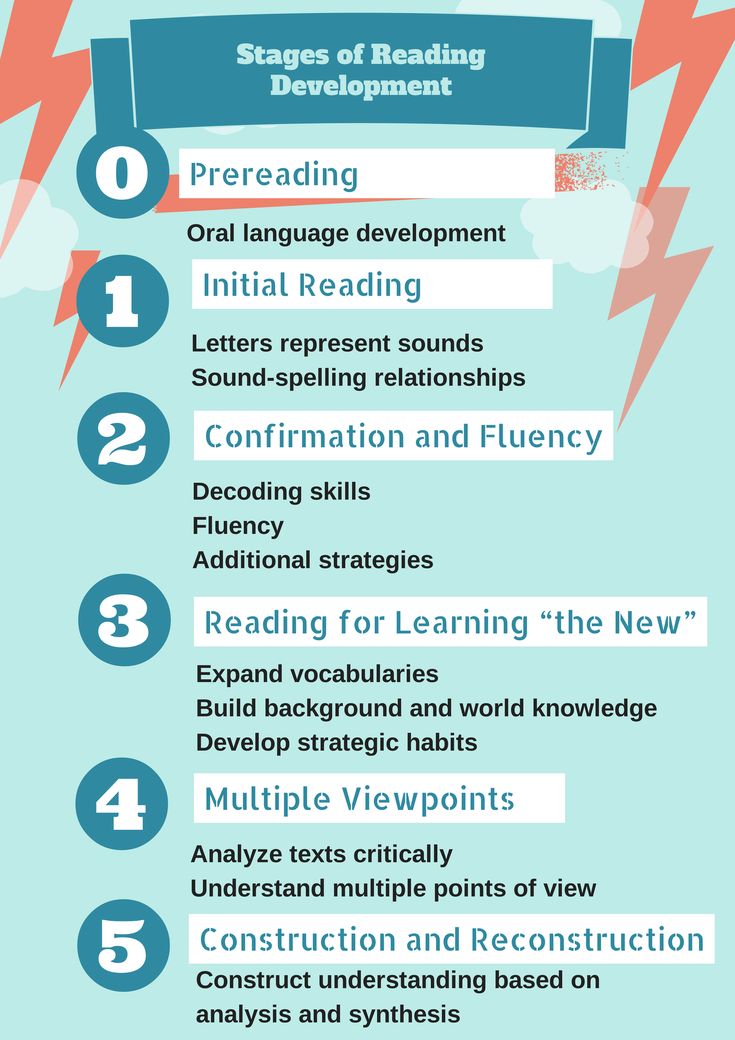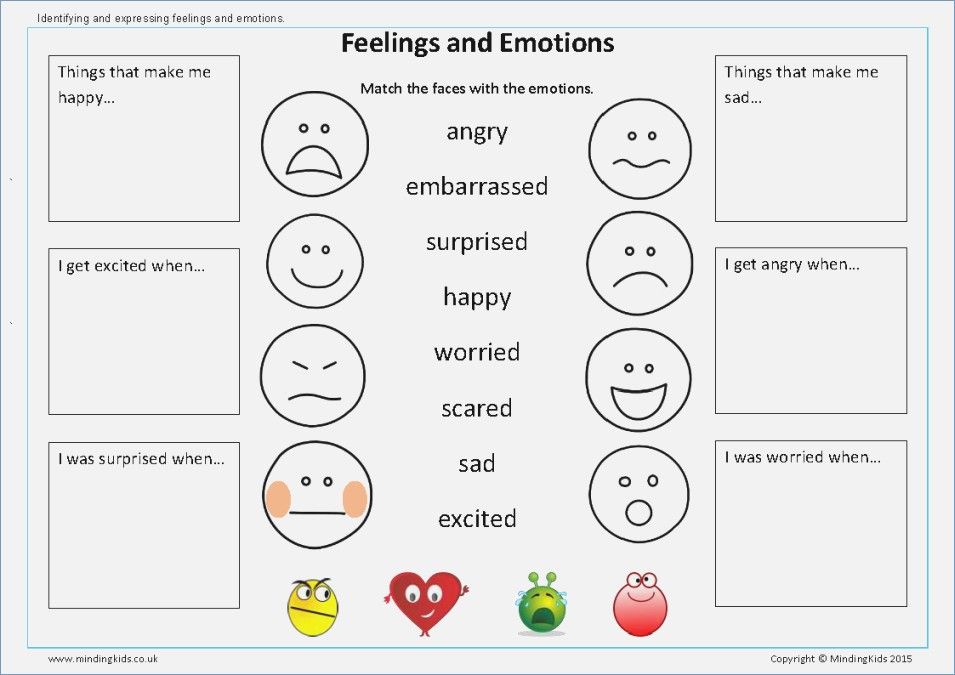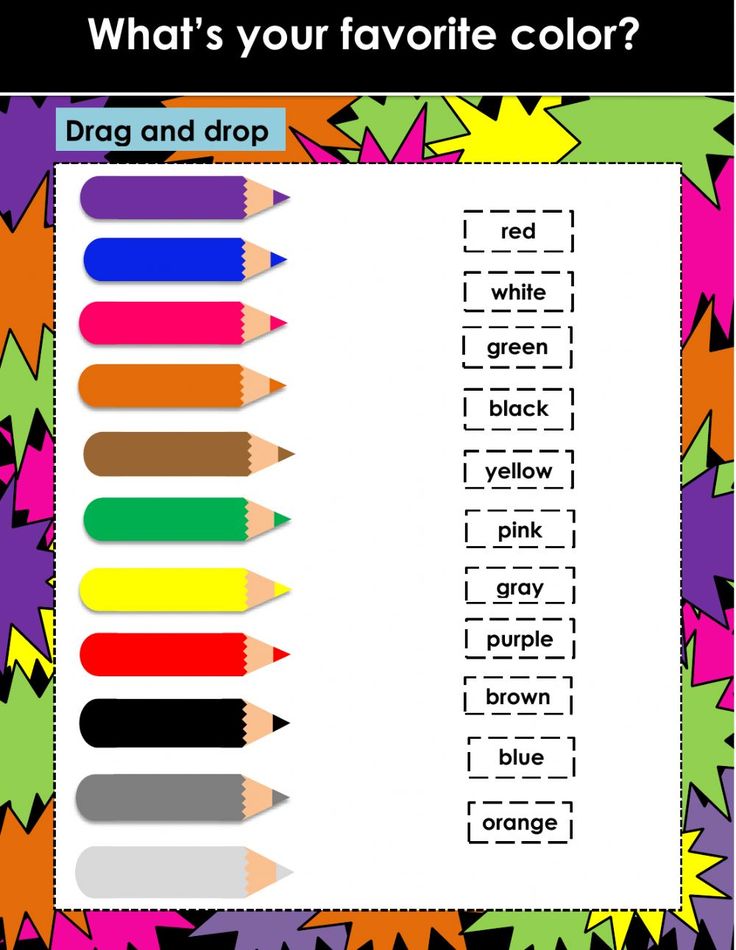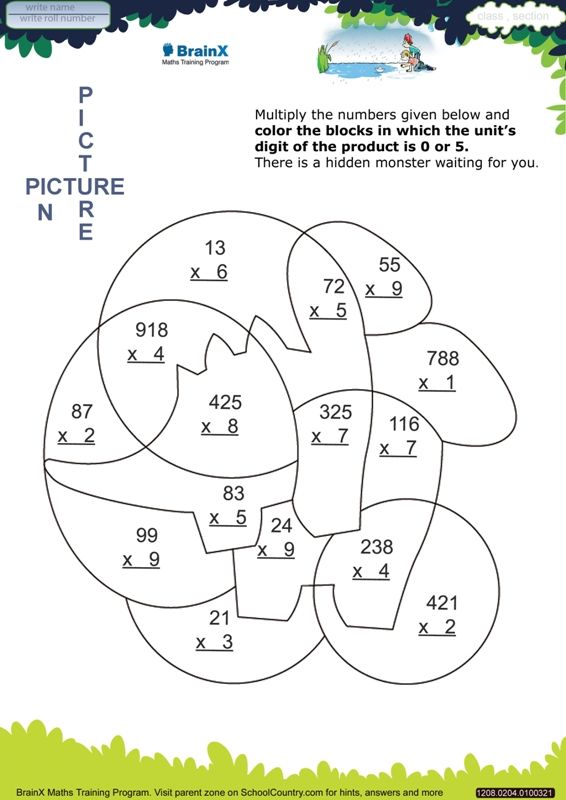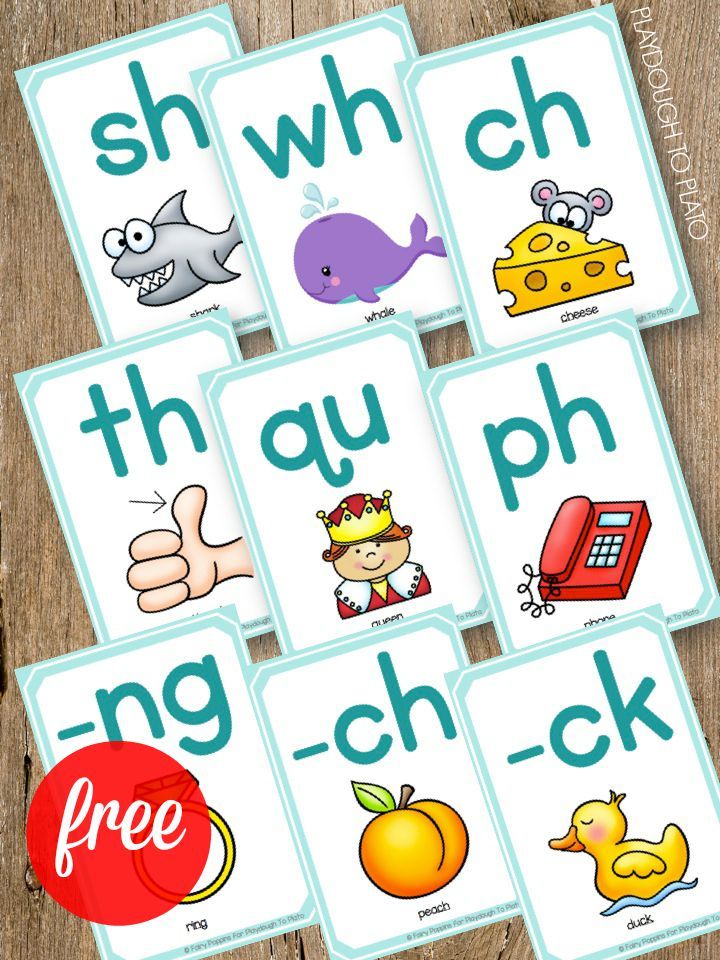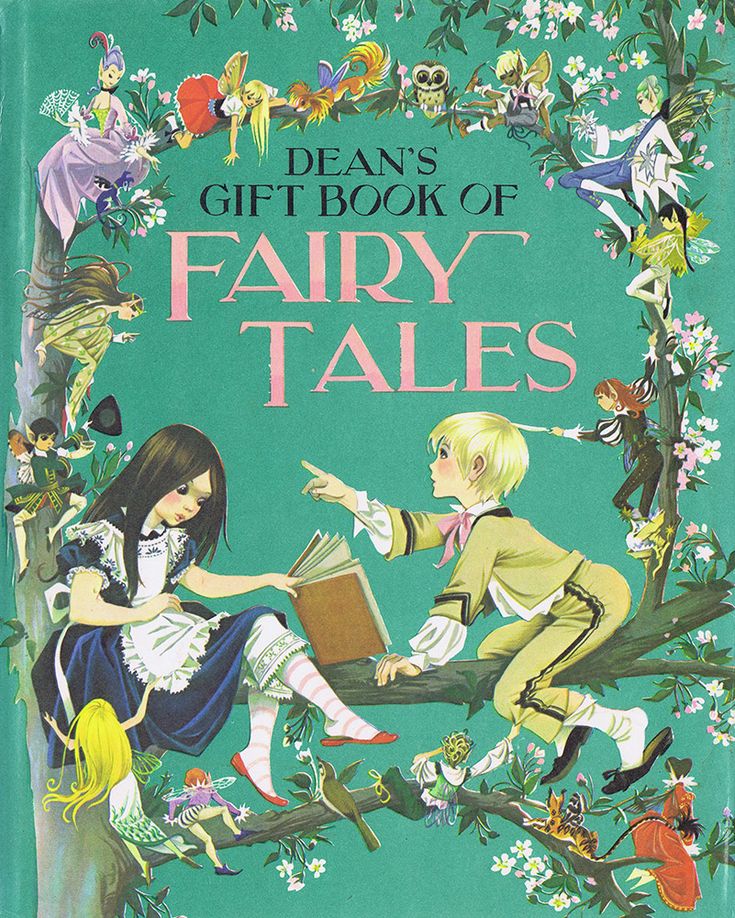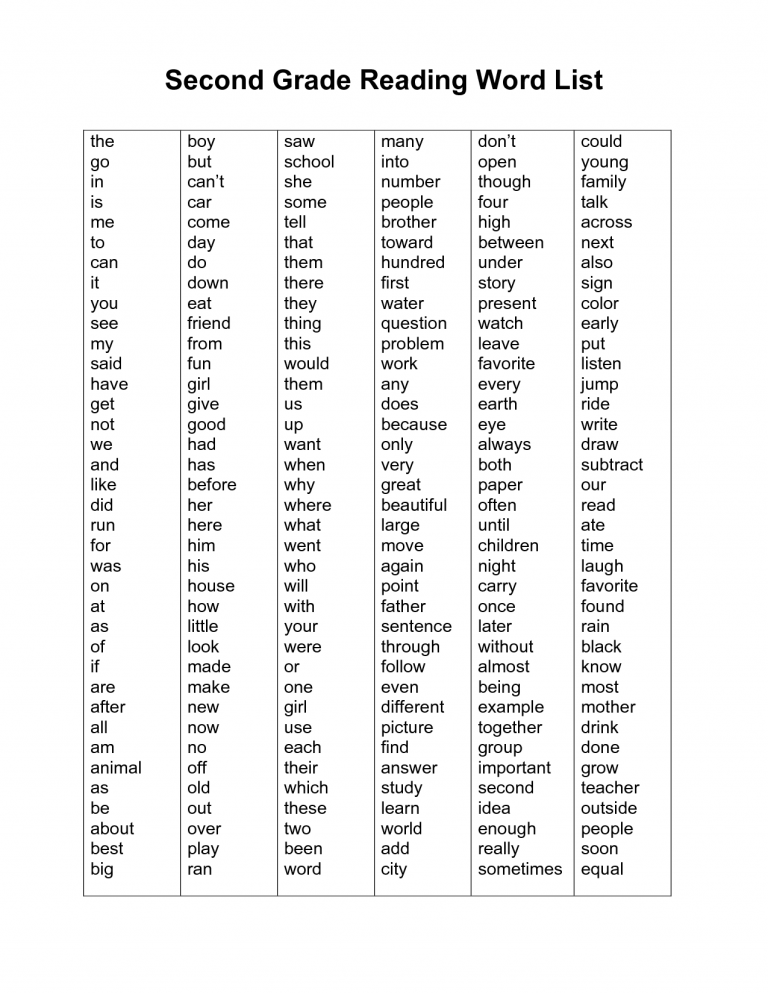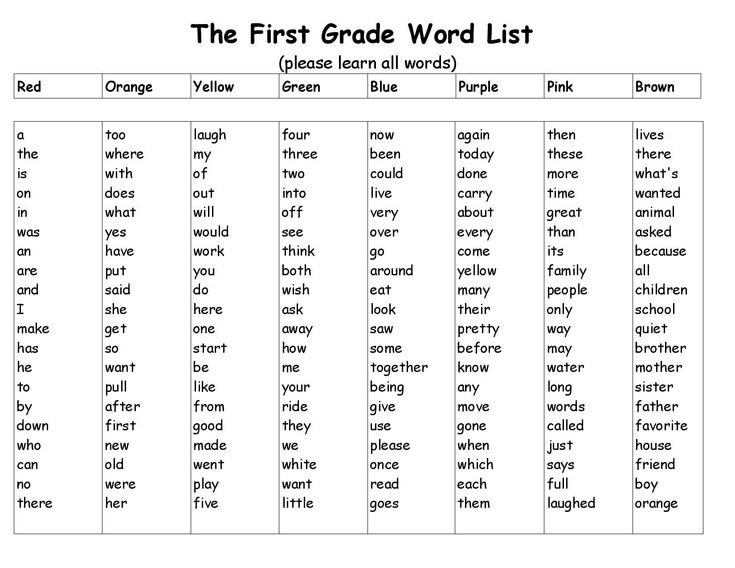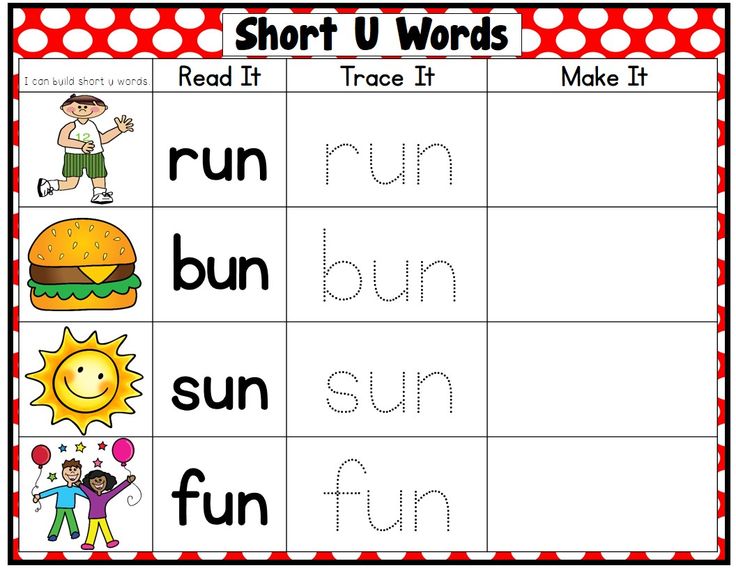Reading literacy strategies
Teach the Seven Strategies of Highly Effective Readers
To assume that one can simply have students memorize and routinely execute a set of strategies is to misconceive the nature of strategic processing or executive control. Such rote applications of these procedures represents, in essence, a true oxymoron-non-strategic strategic processing.
— Alexander and Murphy (1998, p. 33)
If the struggling readers in your content classroom routinely miss the point when “reading” content text, consider teaching them one or more of the seven cognitive strategies of highly effective readers. Cognitive strategies are the mental processes used by skilled readers to extract and construct meaning from text and to create knowledge structures in long-term memory. When these strategies are directly taught to and modeled for struggling readers, their comprehension and retention improve.
Struggling students often mistakenly believe they are reading when they are actually engaged in what researchers call mindless reading (Schooler, Reichle, & Halpern, 2004), zoning out while staring at the printed page. The opposite of mindless reading is the processing of text by highly effective readers using cognitive strategies. These strategies are described in a fascinating qualitative study that asked expert readers to think aloud regarding what was happening in their minds while they were reading. The lengthy scripts recording these spoken thoughts (i.e., think-alouds) are called verbal protocols (Pressley & Afflerbach, 1995). These protocols were categorized and analyzed by researchers to answer specific questions, such as, What is the influence of prior knowledge on expert readers’ strategies as they determine the main idea of a text? (Afflerbach, 1990b).
The protocols provide accurate “snapshots” and even “videos” of the ever-changing mental landscape that expert readers construct during reading. Researchers have concluded that reading is “constructively responsive-that is, good readers are always changing their processing in response to the text they are reading” (Pressley & Afflerbach, 1995, p. 2). Instructional Aid 1.1 defines the seven cognitive strategies of highly effective readers, and Instructional Aid 1.2 provides a lesson plan template for teaching a cognitive strategy.
2). Instructional Aid 1.1 defines the seven cognitive strategies of highly effective readers, and Instructional Aid 1.2 provides a lesson plan template for teaching a cognitive strategy.
Instructional Aid 1.1: Seven Strategies of Highly Effective Readers | |
|---|---|
| Strategy | Definition |
| Activating | “Priming the cognitive pump” in order to recall relevent prior knowledge and experiences from long-term memory in order to extract and construct meaning from text |
| Inferring | Bringing together what is spoken (written) in the text, what is unspoken (unwritten) in the text, and what is already known by the reader in order to extract and construct meaning from the text |
| Monitoring-Clarifying | Thinking about how and what one is reading, both during and after the act of reading, for purposes of determining if one is comprehending the text combined with the ability to clarify and fix up any mix-ups |
| Questioning | Engaging in learning dialogues with text (authors), peers, and teachers through self-questioning, question generation, and question answering |
| Searching-Selecting | Searching a variety of sources in order to select appropriate information to answer questions, define words and terms, clarify misunderstandings, solve problems, or gather information |
| Summarizing | Restating the meaning of text in one’s own words — different words from those used in the original text |
| Visualizing-Organizing | Constructing a mental image or graphic organizer for the purpose of extracting and constructing meaning from the text |
| Download chart » (8K PDF)* |
Instructional Aid 1. 2: A Lesson Template for Teaching Cognitive Strategies 2: A Lesson Template for Teaching Cognitive Strategies
| |
|---|---|
| Steps | Teacher Script |
| 1. Provide direct instruction regarding the cognitive strategy | |
| a. Define and explain the strategy | |
| b. Explain the purpose the strategy serves during reading | |
| c. Describe the critical attributes of the strategy | |
| d. Provide concrete examples/nonexamples of the strategy | |
| 2. Model the strategy by thinking aloud | |
| 3. Facilitate guided practice with students | |
| Download chart » (8K PDF)* |
Instructional Aid 1.3: A Lesson Template for Teaching Summarizing | |
|---|---|
| Lesson Template for Teaching Cognitive Strategies | Lesson Plan for Teaching Summarizing |
1. Provide direct instruction regarding the cognitive strategy Provide direct instruction regarding the cognitive strategy | |
| a. Define and explain the strategy. | Summarizing is restating in your own words the meaning of what you have read—using different words from those used in the original text—either in written form or a graphic representation (picture of graphic organizer). |
| b. Explain the purpose the strategy serves during reading | Summarizing enables a reader to determine what is most imporant to remember once the reading is completed. Many things we read have only one or two bid ideas, and it’s important to identify them and restate them for purposed of retention. |
| c. Describe the critical attributes of the strategy. | A summary has the following characteristics. It: –Is short –Is to the point, containing the big idea of the text –Omits trivial information and collapses lists into a word or phrase –Is not a retelling or a “photocopy” of the text |
d.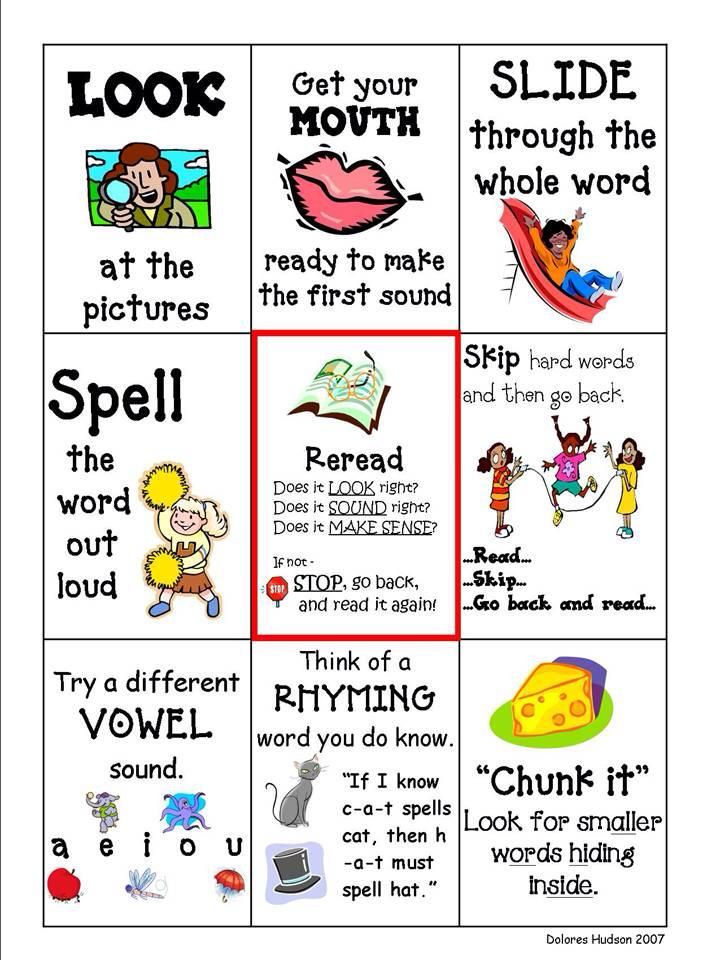 Provide concrete examples/nonexamples of the strategy. Provide concrete examples/nonexamples of the strategy. | Examples of good summaries might inlude the one-sentence book summaries from The New York Times Bestsellers List, an obituary of a famous person, or a report of a basketball or football game that captures the highlights. The mistakes that students commonly make when writing summaries can be more readily avoided by showing students excellent nonexamples (e.g., a paragraph that is too long, has far too many details, or is a complete retelling of the text rather than a statement of the main idea. |
| 2. Model the strategy by thinking aloud. | Thinking aloud is a metacognitive activity in which teachers reflect on their behaviors, thoughts, and attitudes regarding what they have read and then speak their thoughts aloud for students. Choose a section of relatively easy text from your discipline and think aloud as you read it, and then also think aloud about how you would go about summarizing it — then do it.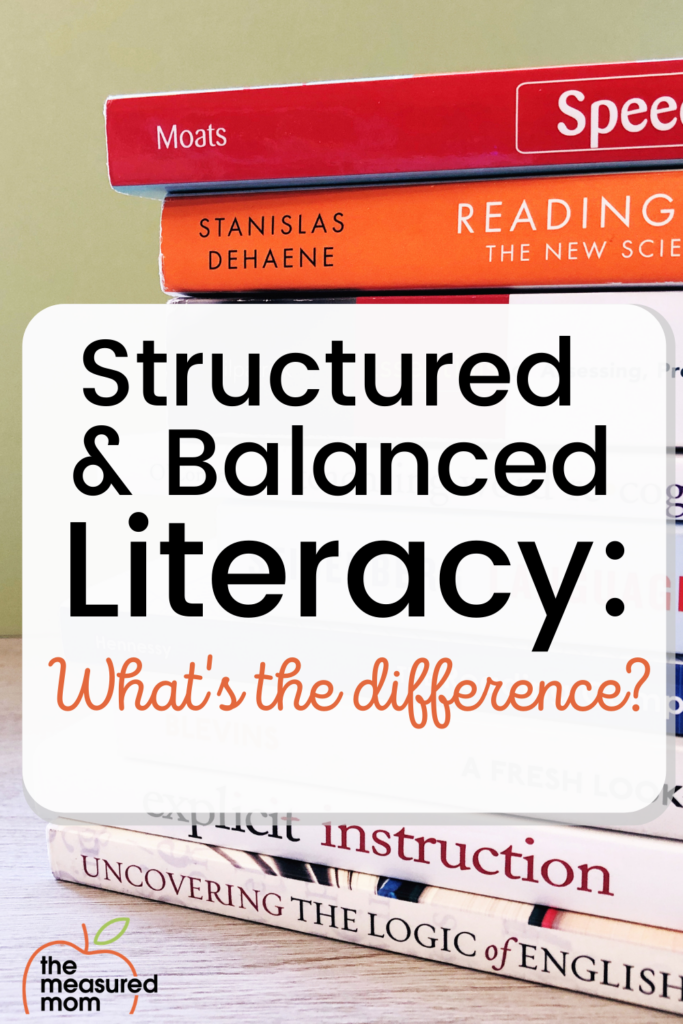 |
| 3. Facilitate guided practice with students. | Using easy-to-read content text, read aloud and generate a summary together with the whole class. Using easy-to-read content text, ask students to read with partners and create a summary together. One students are writing good summaries as partners, assign text and expect students to read it and generate summaries independently. |
| Download chart » (9K PDF)* |
McEwan, 2004. 7 Strategies of Highly Effective Readers: Using Cognitive Research to Boost K-8 Achievement. Wood, Woloshyn, & Willoughby, 1995. Cognitive Strategy Instruction for Middle and High Schools.
McEwan, E.K., 40 Ways to Support Struggling Readers in Content Classrooms. Grades 6-12, pp.1-6, copyright 2007 by Corwin Press. Reprinted by permission of Corwin Press, Inc.
25 Reading Strategies That Work In Every Content Area
By TeachThought Staff / March 14, 2016 / Literacy / Experienced Teacher, New Teacher, Strategies, Trending
127.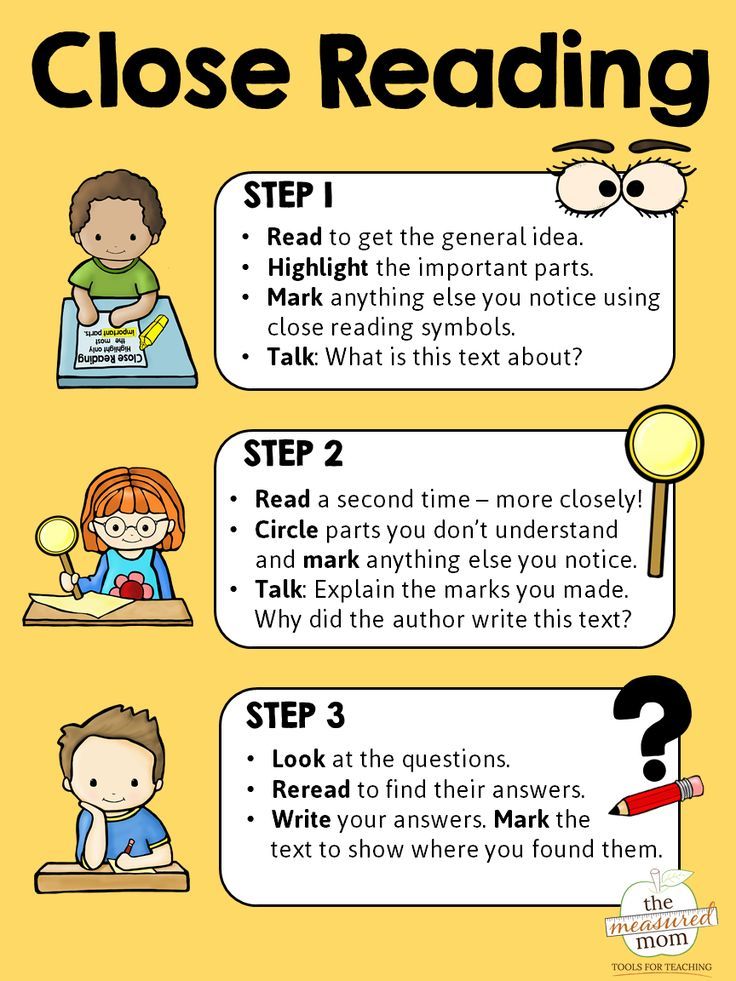 1k
1k
Views
FacebookTwitterSubscribe
by TeachThought Staff
Reading is simply a sequence of symbol interpretation.
By understanding that letters make sounds, we can blend those sounds together to make whole sounds that symbolize meaning we can all exchange with one another. By mastering the symbols and their most common contexts, reading becomes a practice in thought–less about decoding and more about understanding.
Without getting too Platonic about it all, reading doesn’t change simply because you’re reading a text from another content area. Only sometimes it does.
Science content can often by full of jargon, research citations, and odd text features.
Social Studies content can be an interesting mix of itemized information, and traditional paragraphs/imagery.
Literature? Well, that depends on if you mean the flexible form of poetry, the enduring structure of a novel, or emerging digital literature that combines multiple modalities to tell a story.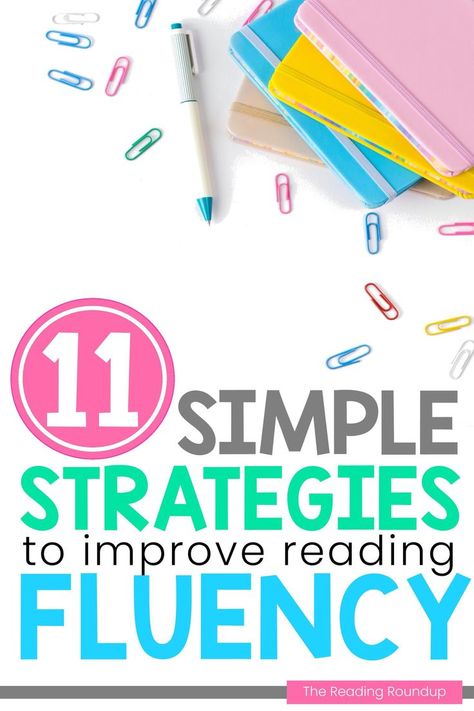
This all makes reading strategies somewhat content area specific. Stopping (maybe the most undervalued strategy ever) and Rereading might make more sense in science, while Visualization and Text Connections may make more sense reading literary works. Questioning the Text may make equal sense in both.
But if you’d like to start with a basic set of strategies, you could do worse than the elegant graphic above from wiki-teacher.com. (Useful site, by the way.) It lists 12 basic reading comprehension strategies, to which we’ve added 13 for a full 25.
Looking for related curricula ideas? Check out our Reading Comprehension Strategy Resources
25 Reading Strategies That Work In Every Content Area
1. Reread
2. Activate Prior Knowledge
3. Use Context Clues
4. Infer
5. Think Aloud
6. Summarize
7. Locate Key Words
8. Make Predictions
9. Use Word Attack Strategies
10.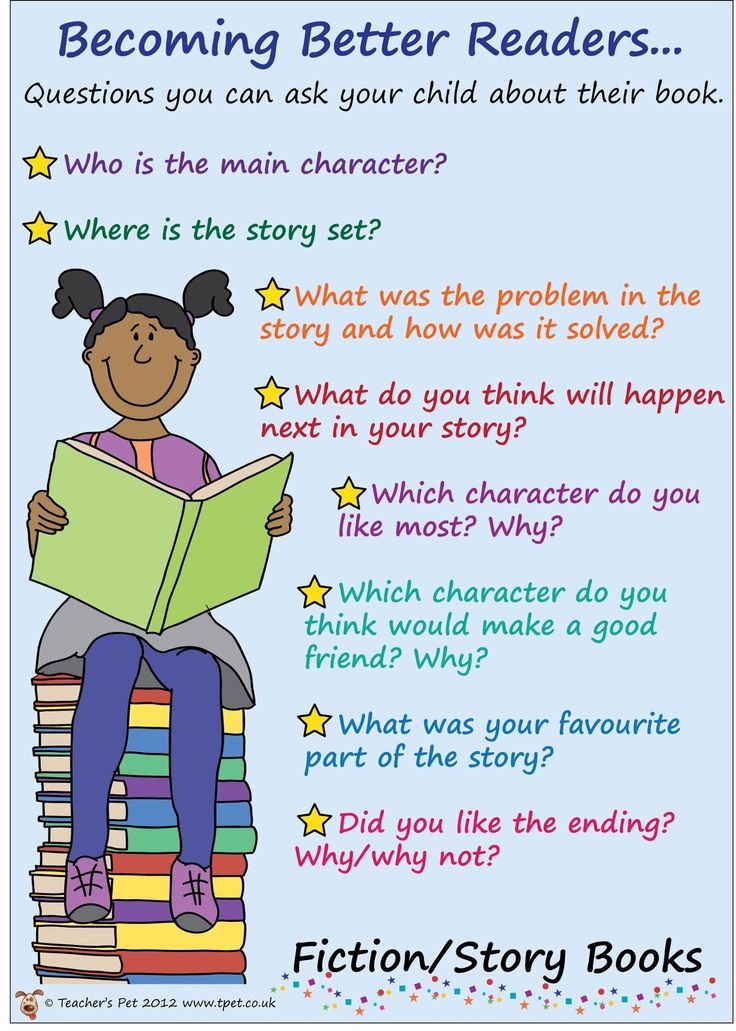 Visualize
Visualize
11. Use Graphic Organizers
12. Evaluate Understanding
To the above list, we’d add:
13. Question the Text
14. Stop!
15. Monitor & Repair Understanding (While Reading)
16. Paraphrase
17. Annotate the Text
18. Adjust Reading Rate
19. Prioritize Information
20. Use Graphic Notetaking
21. Predict
22. Set a Reader Purpose
23. Text-connections (text-to-self, text-to-text, text-to-world)
24. Skim
25. SSQ (Stop, Summarize, Question)
We’ll gather these and put them in a Before Reading, During Reading, and After Reading matrix soon. Only because we like you.
See Also: 25 Self-Guided Reading Responses For Fiction And Non-Fiction
25 Reading Strategies That Work In Every Content Area
Literacy Education - Russian Classical School
Familiarity with the main stages of the development of writing helps us to better understand and appreciate the various methods of teaching literacy and, therefore, equips us to more successfully solve various problems in the period of teaching children to read and write.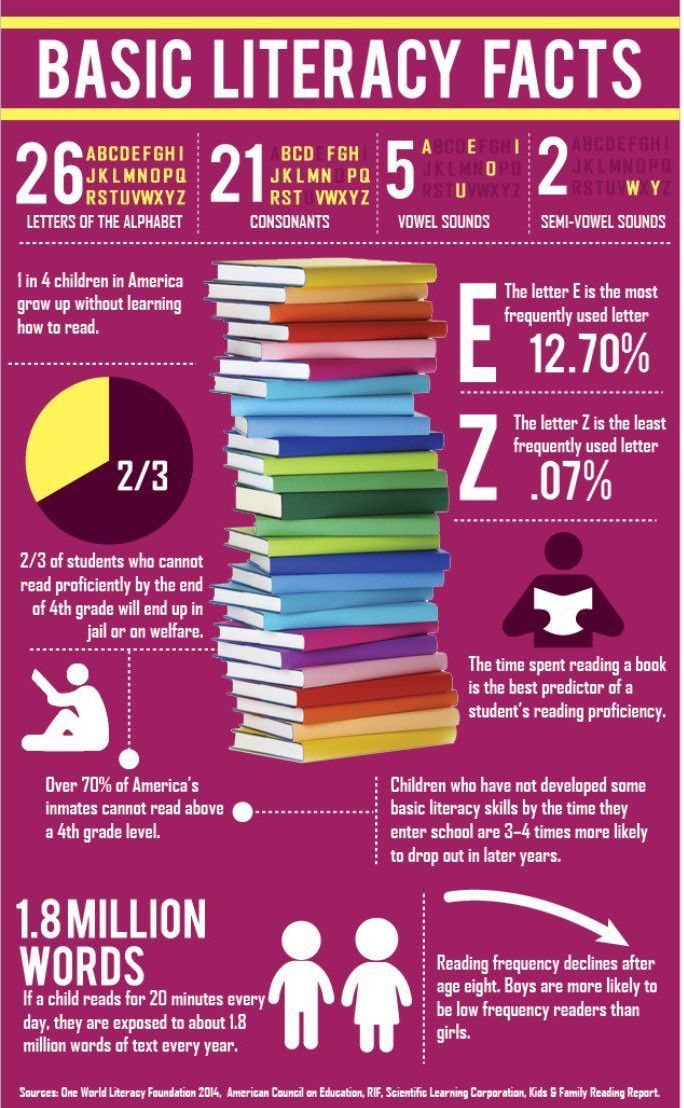
READ MORE
We bring to your attention a small popular science series "History of Writing".
watch video
A small digression into the history of the development of methods for teaching literacy in Russia, presented in the manual by A. M. Borodich "Methods for the development of children's speech" (Moscow: Education, 1974).
READ MORE
Extensive material from the textbook for students of pedagogical universities "Methods of teaching the Russian language in elementary grades" by T. G. Ramzaeva and M. R. Lvov (Moscow: Prosveshchenie, 1979).
Download PDF
About how literacy education arose in Ancient Rus', we can judge the general information known to modern history about the culture and education of the ancient Slavs.
READ MORE
We bring to your attention the development of a literature lesson in the 6th grade, dedicated to the development of writing in Rus'.
READ MORE
Modern researchers have to judge elementary children's textbooks that served the needs of Russian education in the 16th-17th centuries based on very incomplete data. The only copy of the textbook printed by Ivan Fedorov in 1574 is all the more of scientific interest. We publish fragments of an article by V. I. Lukyanenko dedicated to the first printed primer.
The only copy of the textbook printed by Ivan Fedorov in 1574 is all the more of scientific interest. We publish fragments of an article by V. I. Lukyanenko dedicated to the first printed primer.
READ MORE
This book tells about one of the most remarkable archaeological discoveries of the 20th century - the discovery by Soviet archaeologists of Novgorod birch bark letters. We offer you an excerpt on the history of writing in Rus'.
READ MORE
Many are still convinced that in the pre-Petrine era in Rus' nothing was taught at all. Moreover, education itself was then allegedly persecuted by the church, which demanded only that the students somehow recite prayers by heart and gradually sort out printed liturgical books. Yes, and they taught, they say, only the children of priests, and the nobility entrusted the education of their offspring to foreigners discharged from abroad. All this is refuted by the following article.
READ MORE
We are publishing an article from the book by M.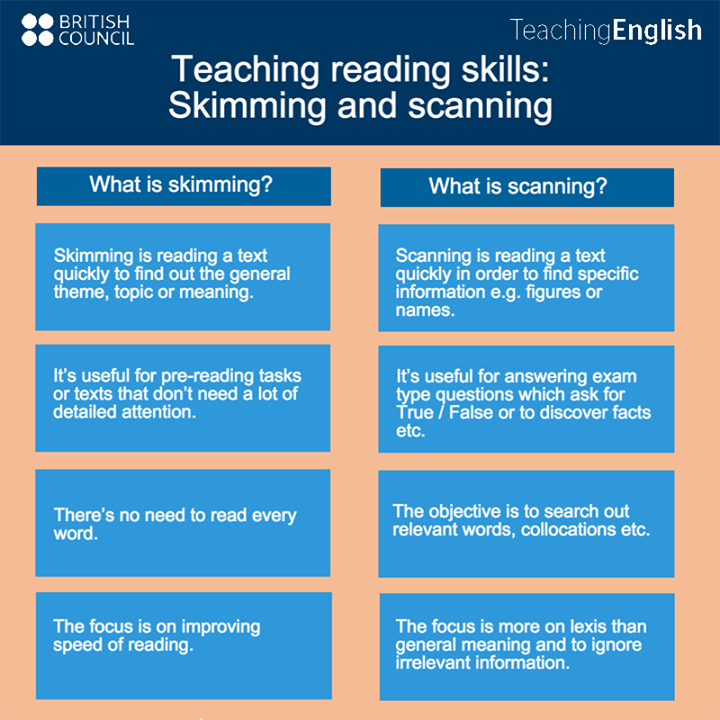 G. Rakitina in the series “The Life of the Sovereign's Court”. It tells about how little princes and princesses studied in the 16th-17th centuries, who their teachers were, what books the tsar's children learned to read and write with, what was a class and a desk for them.
G. Rakitina in the series “The Life of the Sovereign's Court”. It tells about how little princes and princesses studied in the 16th-17th centuries, who their teachers were, what books the tsar's children learned to read and write with, what was a class and a desk for them.
READ MORE
We offer you and your children an excerpt from the "Book of Russian History for Primary Schools", chapter "School". This book was compiled by O. Weikhelt, M. N. Kovalensky, V. A. Petrushevsky and V. Ya. Ulanov and published in 1919 in Moscow.
READ MORE
This lesson examines the literary activity of the court poet, reference worker, translator, head of the Moscow Printing House, secretary of Patriarchs Joachim and Andrian, teacher, hieromonk Karion Istomin, whose name is well known to many thanks to his illustrated ABC.
READ MORE
Excerpts from the work of I. I. Paulson "Methods of literacy based on historical and theoretical data", published in St. Petersburg in 1887.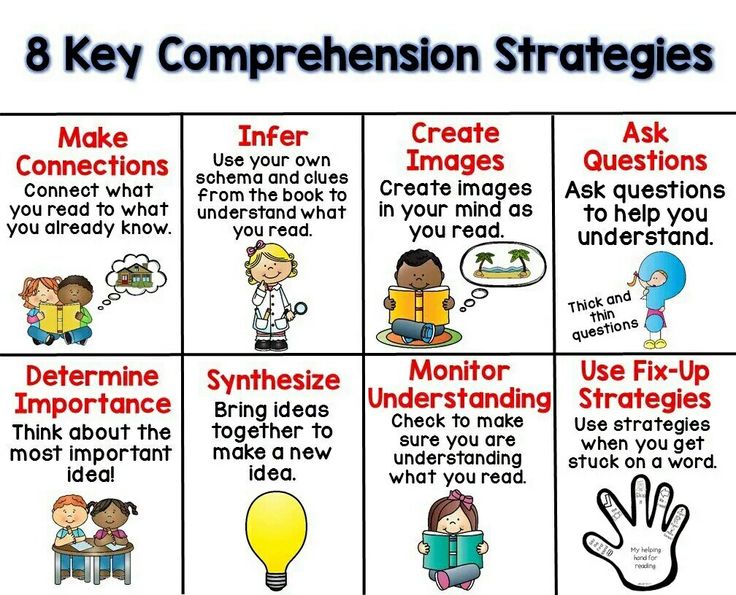
READ MORE
Article by the Soviet and Russian philologist Boris Andreevich Uspensky from the journal Questions of Linguistics (1970, No. 5).
Download PDF
We offer you an excerpt from an article by LN Tolstoy, dedicated to the establishment of schools among the peasantry immediately after the abolition of serfdom. It clearly reflects the generally accepted method of teaching literacy at that time, seen by Tolstoy in one of the village schools, and the customs that prevailed there.
READ MORE
We publish excerpts from KD Ushinsky's "Book for Students" devoted to the initial teaching of literacy using the sound method, which put an end to the dominance of dogmatic teaching methods in school practice, based on the rote memorization of letters, their names, syllables and words.
READ MORE
AM Gorky was taught to read by his grandfather. In those days, the so-called subjunctive method of teaching literacy dominated. Different children needed different amounts of time to succeed in mastering it.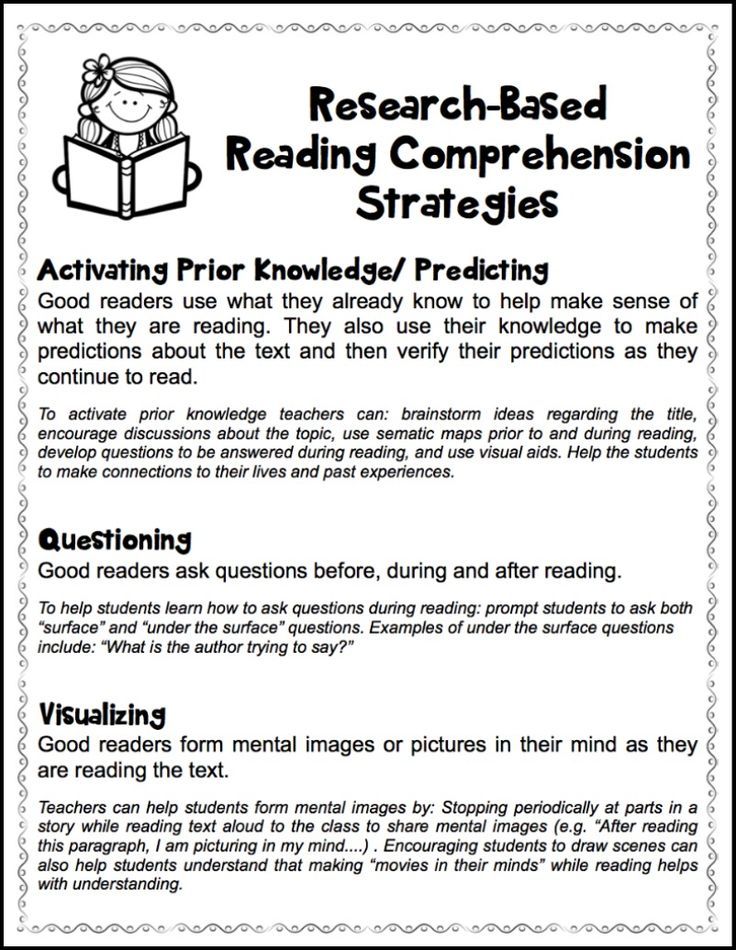 Alyosha Peshkov was a very capable student. The story "Childhood" describes how the grandfather introduces the boy to the letters of the alphabet.
Alyosha Peshkov was a very capable student. The story "Childhood" describes how the grandfather introduces the boy to the letters of the alphabet.
READ MORE
Usually, the story about the appearance and use of the sound method of teaching literacy in Russia is associated with the names of Zolotov, Korf, Ushinsky, Tolstoy and is attributed to the forties and sixties of the XIX century. The author of this article expands the established ideas - both in terms of chronology and personalities.
READ MORE
The article describes the methods of teaching reading and writing, presented in the alphabets and primers of the 19th century, analyzes their advantages and disadvantages, and also identifies the main functions of the visual row in textbooks corresponding to a particular method.
READ MORE
AB Shapiro is a famous Soviet linguist, compiler of dictionaries, reference books and textbooks. In 1951, he wrote the book "Russian Spelling", in which he considered spelling in connection with the phonetic structure of the Russian language and the graphic means of Russian writing.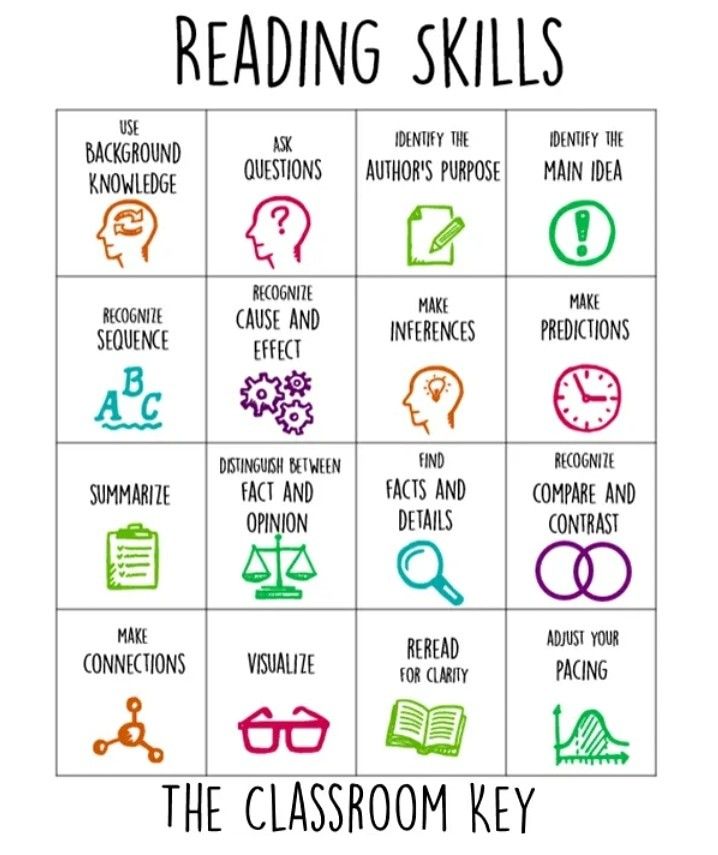 We offer you an excerpt from this book against the backdrop of ongoing discussions about the need for sound work with children.
We offer you an excerpt from this book against the backdrop of ongoing discussions about the need for sound work with children.
READ MORE
Why do we say [malako] but write “milk”, where did the rule “Zhi-shi write with the letter Y” come from, thanks to which an unusual sound [f] appeared in our language and how just two vowel sounds could dramatically affect for spelling? These and other questions are revealed in his article by L. N. Chernova, candidate of pedagogical sciences, teacher of the Barnaul gymnasium.
READ MORE
We offer you a chapter from the book "At the first stage of education", published in 1904, by V.P. The chapter reveals the topic of sound exercises necessary for children to master literacy, in particular, an exercise in sound fusion, which at that time was actively used in pedagogical practice, but at the same time caused active rejection. However, just like today.
READ MORE
"There is no other problem in the psychology of children's speech that has been studied in such detail and so unsatisfactorily resolved as the problem of the phonetics of children's speech.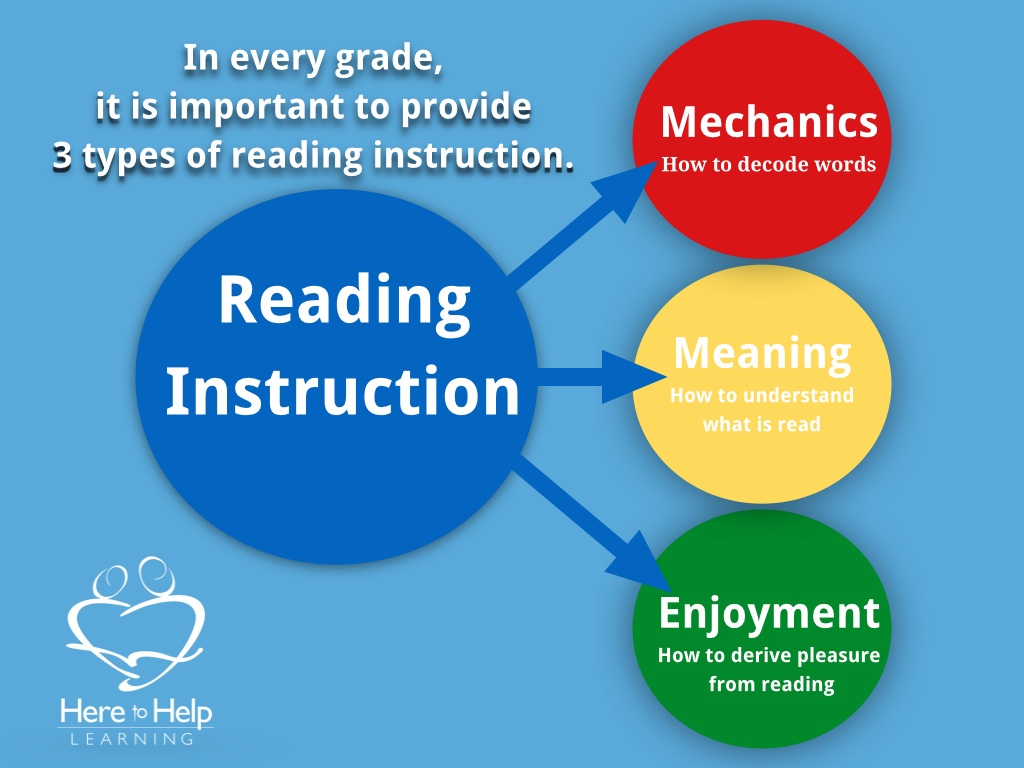 " These words are relevant to this day. We publish an article by the candidate of pedagogical sciences N. Kh. Shvachkin, which was published in the Izvestia of the Academy of Pedagogical Sciences of the RSFSR, issue No. 13, in 1948.
" These words are relevant to this day. We publish an article by the candidate of pedagogical sciences N. Kh. Shvachkin, which was published in the Izvestia of the Academy of Pedagogical Sciences of the RSFSR, issue No. 13, in 1948.
READ MORE
TG Egorov is a Soviet psychologist and teacher, a well-known expert in the field of reading. We offer excerpts from his work "The Psychology of Mastering the Skill of Reading" (1953), in which he considers how, from a psychological point of view, children master speech and sound analysis and synthesis, sound-letter designations, etc.
READ MORE
Since 1935, the sound analytical-synthetic syllabic method of teaching reading has been established in Soviet pedagogy. The RKSH program for preschoolers uses a letter-by-letter reading method, and the problem of merging is not at all. Often our children switch to reading in whole words, bypassing syllabic reading. Interesting are the statements of T. G. Egorov, which make it possible to explain that reading by syllables is implicitly based on spelling.
READ MORE
Reading is a complex mental process. You can get acquainted with its main components from the manual of the modern psychologist L. S. Tsvetkova “Neuropsychology of counting, writing and reading: violation and recovery”, published in 1997.
READ MORE
Often, various difficulties in learning to read and write are explained by poorly developed phonemic hearing. What is phonemic awareness and should it be developed?
READ MORE
Work on the sound culture of speech of preschoolers helps them master the phonetic means of the language and realize these means, which gives the child the opportunity to use speech as a means of communication and prepares him for learning to read and write.
READ MORE
The West began to think about functional illiteracy somewhere in the 80s of the last century. The problem was that despite the general literacy, people did not get smarter, but on the contrary, they coped worse and worse with their professional duties.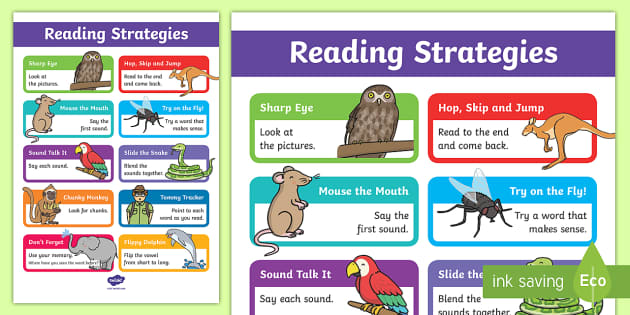 Several studies have shown that although people can formally read and write, they do not understand the meaning of the read book or instruction, they cannot write a logically coherent text.
Several studies have shown that although people can formally read and write, they do not understand the meaning of the read book or instruction, they cannot write a logically coherent text.
READ MORE
Literacy Methods - Online Presentation
Similar presentations:
The activities of the school camp with a day stay for children "Friendship" MOU school No. 71
My future profession: lawyer
Development of intellectual giftedness of children in the Novosibirsk region using distance learning technologies
Creative project "Planning a kitchen-dining room"
My future profession is military
Cases (situations of interaction between a child and an adult)
Creative project "My professional choice"
The development of coherent speech in preschoolers
Technology V.A. Ilyukhina "Letter with open rules" for primary school students
Technologies for neurocorrection of written speech disorders in junior schoolchildren with severe speech disorders
1.
 Lecture 3. Literacy teaching methods Plan.
Lecture 3. Literacy teaching methods Plan. 1. Classification of OG methods.
2. Modern sound analytical-synthetic method
OG.
2. Classification of OG methods
Methoda system
of consecutive
interrelated actions of the teacher and students,
providing
assimilation of the content
of education (Pedagogical encyclo., p. 566).
Reasons for classification of OG methods:
• reading unit;
• the nature of mental operations;
• order of reading and writing.
3. Literal method of OG. Synthetic, read-write.
Learning sequence:learning letters in alphabetical order;
folding of syllables;
reading words in warehouses;
reading syllables and words “on top”.
4. Literal method of OG.
Disadvantages:
mechanical assimilation of literacy elements, letters, syllables;
is cut off from the live speech of children;
the complex name of the letters made it difficult to understand;
did not require continuous reading of syllables;
the letter is torn off from reading;
there was no system in the selection of words and texts for reading;
did not take into account the age of students;
sound exercises were assigned an insignificant place
;
the skill of literate writing was acquired through
copying from samples;
low efficiency of the method.
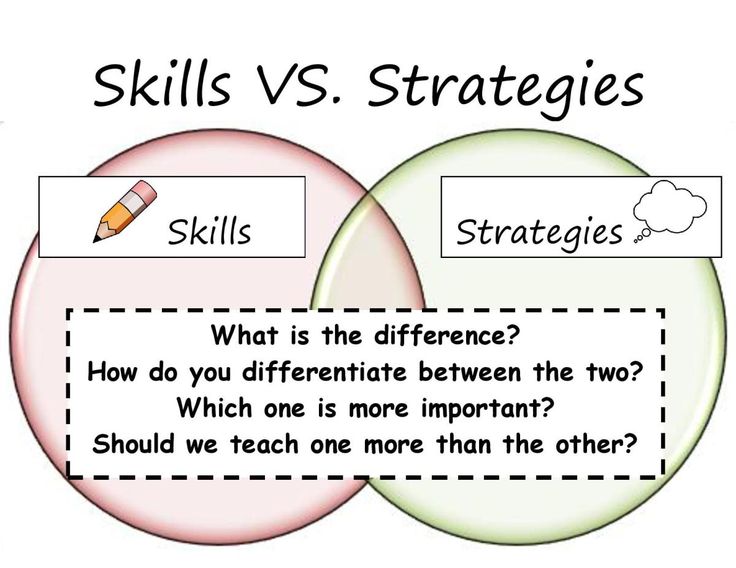
5. Syllabic method OG. Synthetic. Reading-writing.
Learning sequence:1) memorization of the letters of the alphabet;
2) learning syllables;
3) exercises in reading two-syllable words from
familiar syllables;
4) learning syllables in 3-4 letters;
5) exercise in reading words from memorized syllables;
6) an exercise in reading texts.
6. Syllabic method OG.
Positive features:1) a simplified name of the letters;
2) syllables are learned without the names of letters;
3) for the first exercises in reading, words from
familiar syllables are given;
4) a system of gradual reading of longer
words is introduced
Disadvantages:
1) mechanical assimilation of literacy elements;
2) does not introduce students to the "structure" of words;
3) reading and writing in isolation;
4) texts without taking into account age characteristics.
7. Syllabic-auditory method OG L.
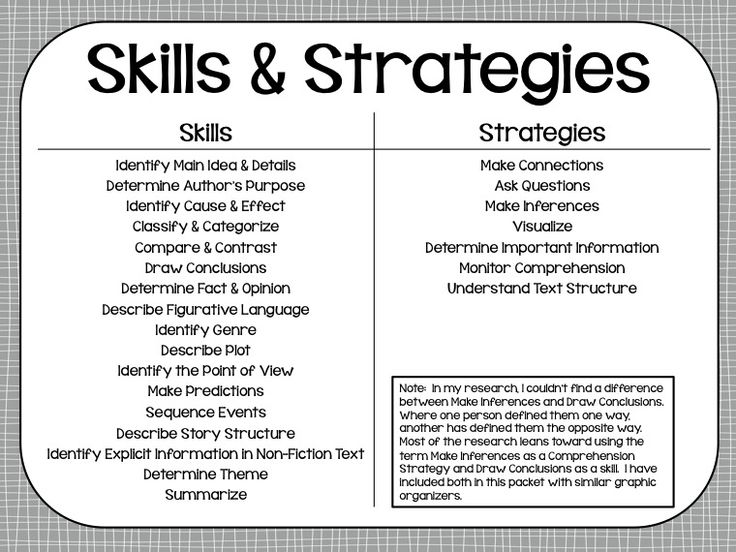 N. Tolstoy. Analytical-synthetic. Reading-writing. Advantages of the method:
N. Tolstoy. Analytical-synthetic. Reading-writing. Advantages of the method: 1) introduced the term sound and pre-letter exercises in the decomposition of
words into sounds;
2) the folding and decomposition of syllables and words by ear helped
students to quickly master the analysis and synthesis of speech;
3) applied simultaneous teaching of reading and writing;
4) introduced from the first lessons of the OG the recording in printed type
of the studied letters and words and writing them down from dictation;
5) achieved conscious reading:
a) by creating reading material that is close and
understandable to children;
b) by gradually complicating reading texts according to the
principle: from simple to complex;
5) introduced a new provision in the methodology: gradual
complication of reading exercises.
8. Sound analytical method of Zolotov (Dzhakoto). Reading-writing.
Learning sequence:1) showing a whole sentence, typed from the letters of the alphabet and reading it;
2) decomposing a sentence into words orally and using a set of words from
letters;
3) dividing each word into syllables and memorizing each syllable;
4) decomposing each syllable into sounds and letters, memorizing each letter
and its sound meaning.
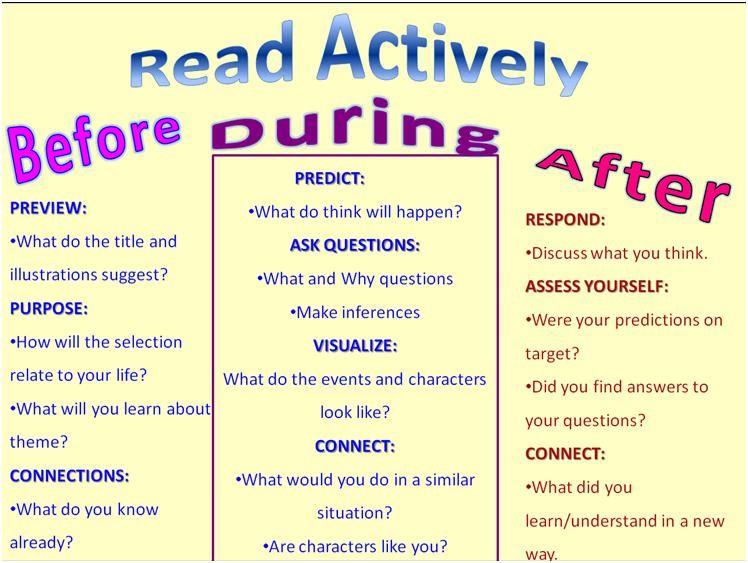
Disadvantages:
1) mechanical memorization of words, syllables without understanding their
sound composition;
2) lack of sound exercises.
Positive features:
1) attention was paid to the sound;
2) analytical method.
9. Sound synthetic method N.A. Korfa. Reading-writing.
Learning sequence:1) study of individual sounds and letters;
2) synthetic work - combination of sounds and letters into syllables and
words;
3) the study of individual sounds and letters, etc.
Disadvantages:
- sounds taken separately did not always correspond to sounds included in
syllables and words;
- resembled the literal subjunctive method.
10. Sound analytical-synthetic method K.D. Ushinsky. Reading letters.
Positive features:1) combined analysis and synthesis;
2) the first scientifically based method;
3) parallel teaching of reading and writing;
4) developing method;
5) historical method.
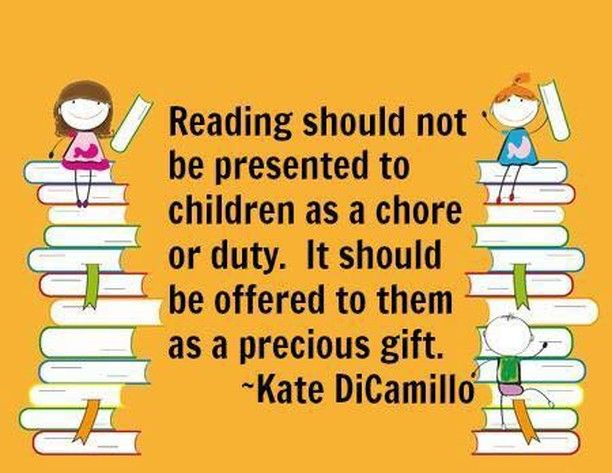
Disadvantages:
- 8 vowel sounds and letters were studied in a row;
- there was no clear sequence in the study of consonants
sounds;
- iotized vowels were studied as denoting one
sound:
- stunning was not taken into account.
11. Whole words method.
Learning sequence:1) children memorize a large number of whole words without knowing
their sound and letter composition;
2) analysis of learned words;
3) reading sentences from familiar words.
Disadvantages:
- sound analysis of live speech was not used;
- learning is based on memory;
- low literacy.
12. 2. Modern sound analytic-synthetic method of teaching literacy
2. Modern sound analytic-synthetic method of teaching literacyBasic provisions of the method:
1. The unit of learning is sound.
2. Processes of analysis and synthesis are combined at all stages
learning.
Methods of analysis:
- selection of words from a speech stream (from a sentence),
division into syllables, pronunciation of words and syllables,
selection of a stressed syllable, isolation of a sound from a word;
- enumeration of sounds in a word;
- comparison of words by sound and spelling;
- sound articulation;
- compiling tables of vowels and consonants and letters;
- “spreading apart” of words on typesetting canvas.
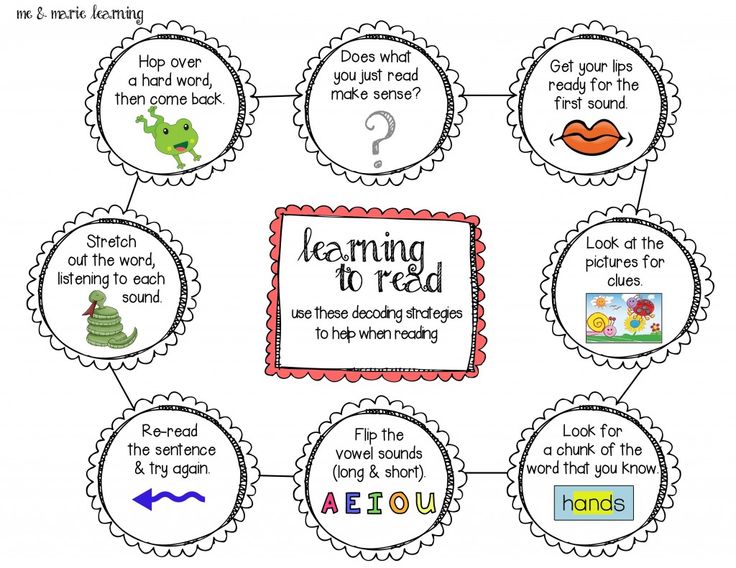
13. Modern sound analytical-synthetic method of teaching literacy
Modern sound analytic-synthetic method of teaching literacySynthesis techniques:
- pronunciation of a sound or syllable after sound
analysis;
- formation of syllabic tables;
- reading words by likeness;
- building up vowels or consonants at the beginning or
at the end of a word;
- addition in the middle;
- permutation of sounds;
- permutation of syllables;
- rejection of a sound or syllable;
- adding a syllable.
14. Modern sound analytical-synthetic method of teaching literacy
Modern sound analytic-synthetic method of teaching literacy3. The unit of reading and writing is a syllable.
4. Learning to read and write goes hand in hand.
5. The process of reading and writing is educative and
developing.
6. Teaching is based on the living speech of students.
GEF IEO: teaching literacy and reading - 23 academic weeks.
